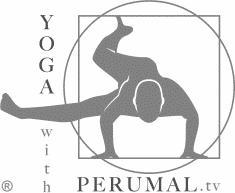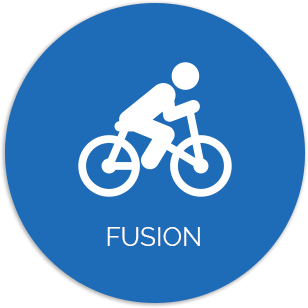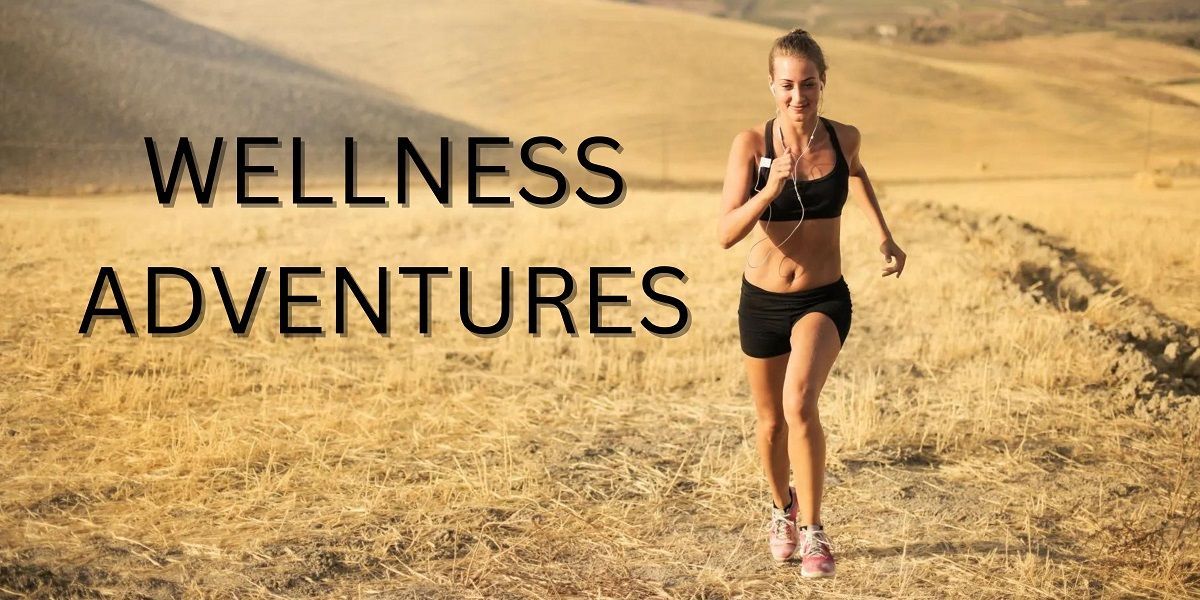ARM BALANCES
ARM BALANCES
The typical second-morning lesson of the Yoga Retreat Method
focuses on arm balances. Doing this sequence in the morning is intentional since the core is engaged through the series. An empty stomach in the mornings is optimal times for detoxing the body. The arm balance series synergistically flows from the previous evening's foundation leg sequence which opens the lower back for this lesson. Table pose pelvic tilt with variations of these starts of the lesson for a morning detox and to activate the core for the upcoming series. After this neck, shoulder, scapula and wrist preparations are executed before practicing arm balances which engaged the muscles of the arms, chest, and shoulders.
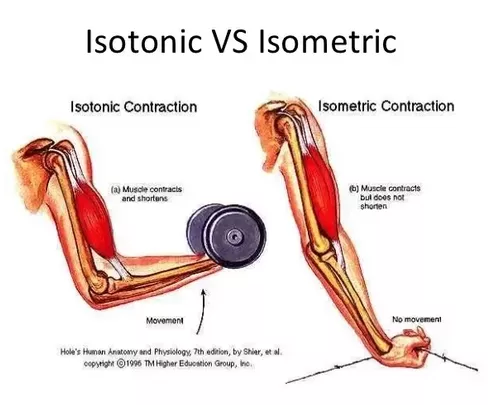
Slide title
Write your caption hereButton
Whether you are training the core or the limbs you may consider building strength to be executed progressively especially as a beginner. To begin looking at the classic strength posture of the plank. If we remain 15 to 30 seconds in plank without moving this would be a holding posture also known as an isometric exercise. The opposite of this is transitional movements such as moving from plank to chaturanga (half way down) and back up. Going down is a transitional movement in the direction of gravity (eccentric lengthening) and then against it (concentric shortening) are collectively known as isotonic exercises.
The term isotonic is a more complex term regarding contraction of a muscle under consistent load. Eventually, this term went on to describe exercises involving movement. Such are just complex and unnecessary ways of thinking when it comes to your practice. Simplify it by dividing your transitional movements into "Along" or "Against" Gravity.
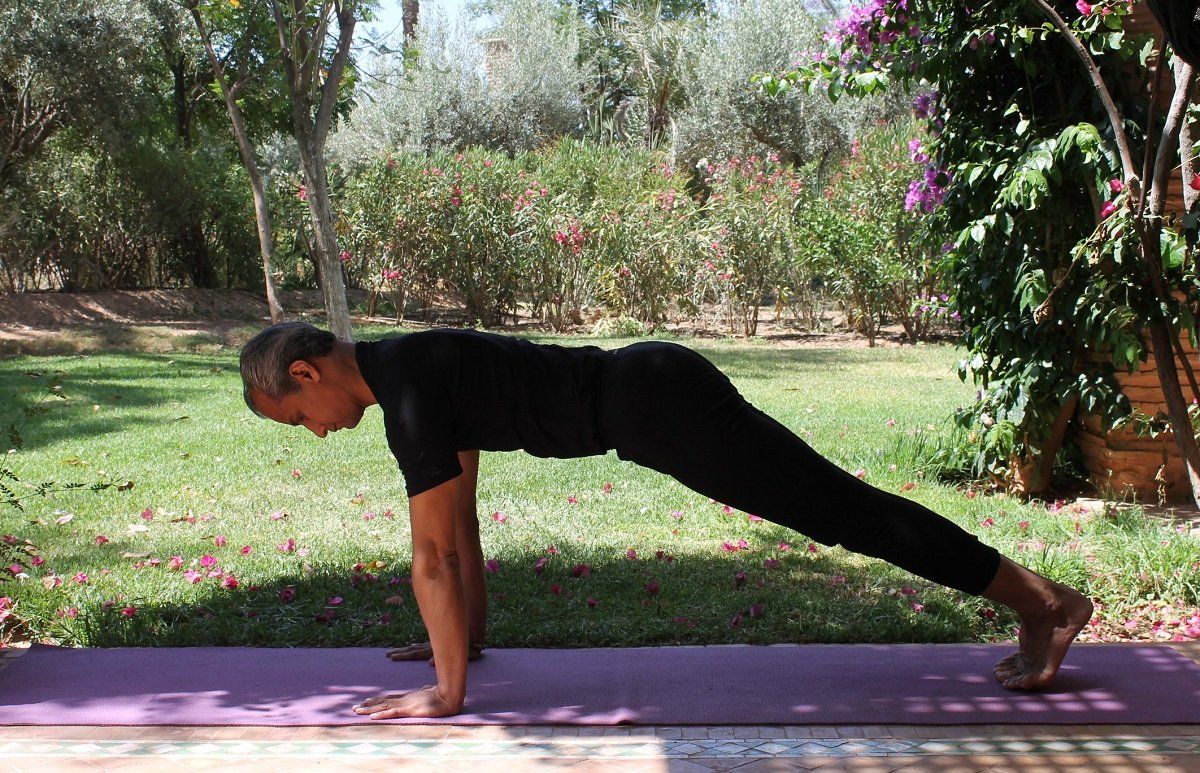
Slide title
Write your caption hereButton
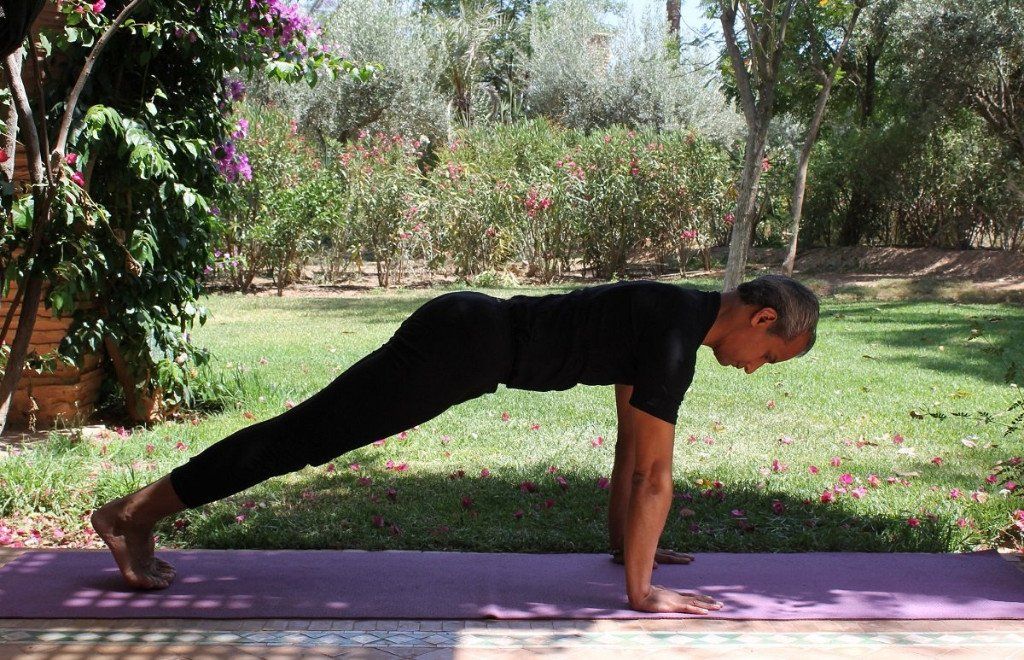
Slide title
Write your caption hereButton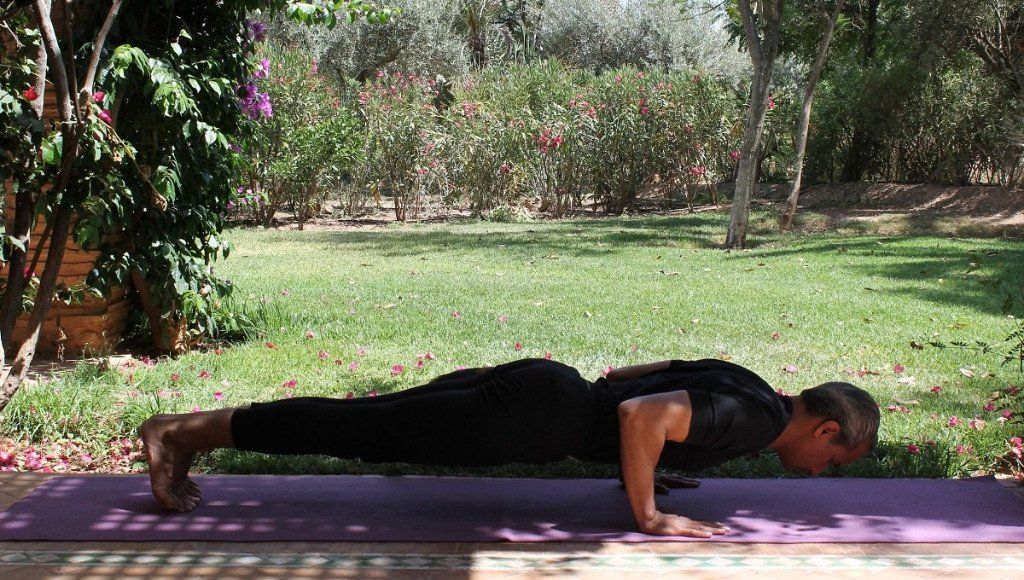
Slide title
Write your caption hereButton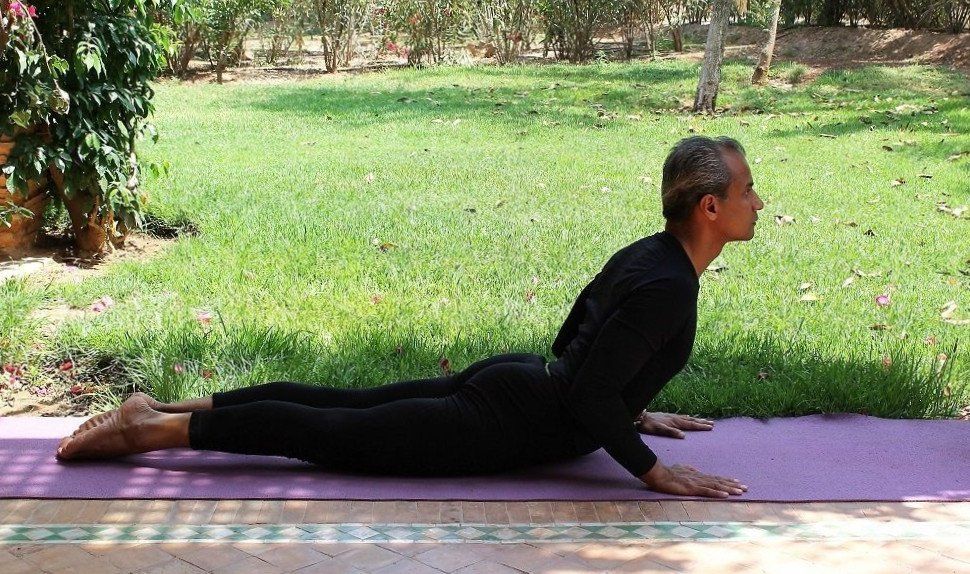
Slide title
Write your caption hereButton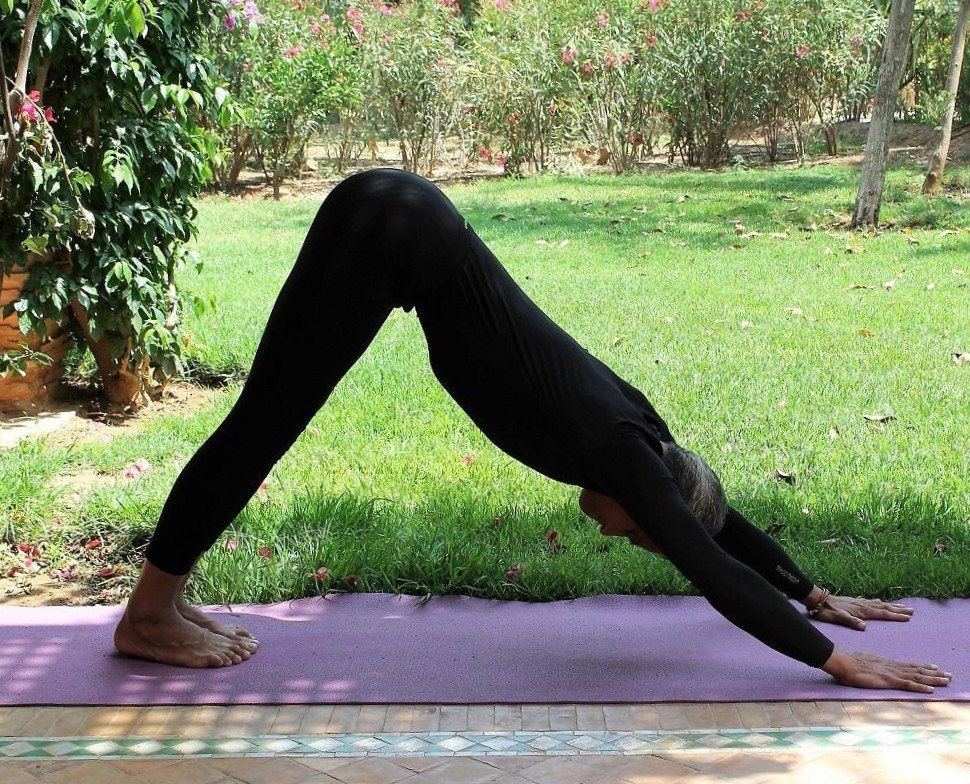
Slide title
Write your caption hereButton
Remove the jargon and simplify the perspective to holding or transitioning. if you are transitioning, it is with or against gravity. Such simplicity is the way of in-depth practitioners. Progressing from the least challenging to the most complex is viewed simply.
Preceding strength movements are joint preparation sequences for the shoulders and scapula. Once joint preparation exercises are completed then the first step to building strength is to practice holding postures. Practice them for a period of time before working on transitional movements. Holding postures strengthen joints. Transitional movements create more pulling and pushing of the joints. Most beginners progress into transitioning movements too quickly. It is fine if you already come from a fitness background without injuries. For most beginners that is not the case. So complete the holding postures which strengthens the joints. Transitional movements may be more showy and appealing to watch but moving into them prematurely may lead to injuries.
Preceding strength movements are joint preparation sequences for the shoulders and scapula. Once joint preparation exercises are completed then the first step to building strength is to practice holding postures. Practice them for a period of time before working on transitional movements. Holding postures strengthen joints. Transitional movements create more pulling and pushing of the joints. Most beginners progress into transitioning movements too quickly. It is fine if you already come from a fitness background without injuries. For most beginners that is not the case. So complete the holding postures which strengthens the joints. Transitional movements may be more showy and appealing to watch but moving into them prematurely may lead to injuries.
After becoming prepared to execute transitional movements take the first step in the direction of gravity first. Moving from plank to chaturanga smoothly and evenly is an example. Stay in control avoid jerking and bouncing along the way. After accomplishing this with gravity then consider retracing the steps against gravity.
When transitioning with gravity creates joint pain than continue holding postures for longer periods or remain with preparation exercises. After a considerable time of consistent pain-free practice passes then we may consider testing movements where the pain was felt in the past.
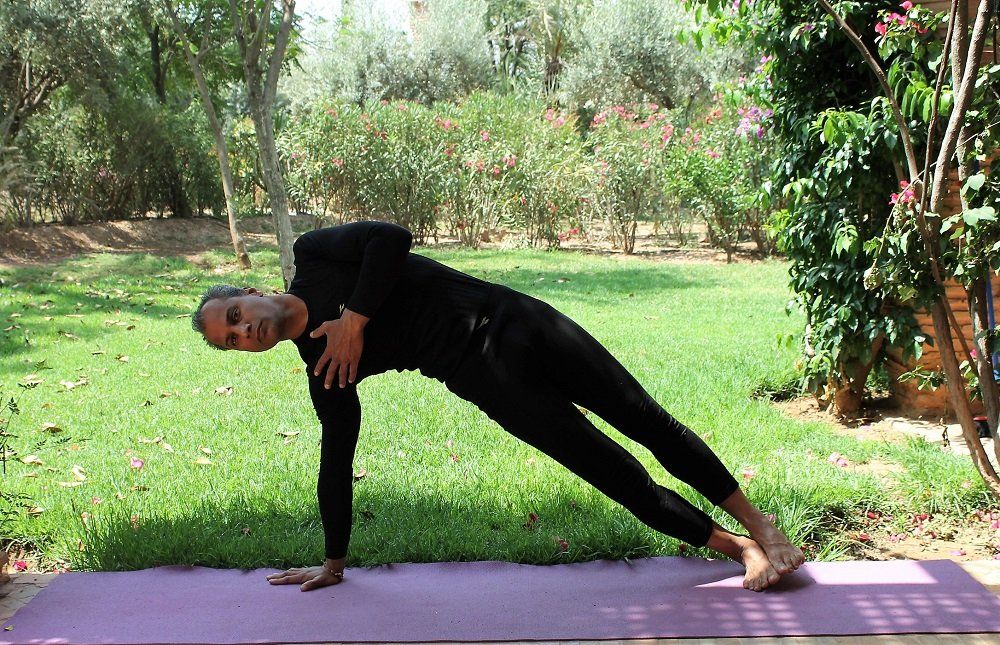
Slide title
Write your caption hereButton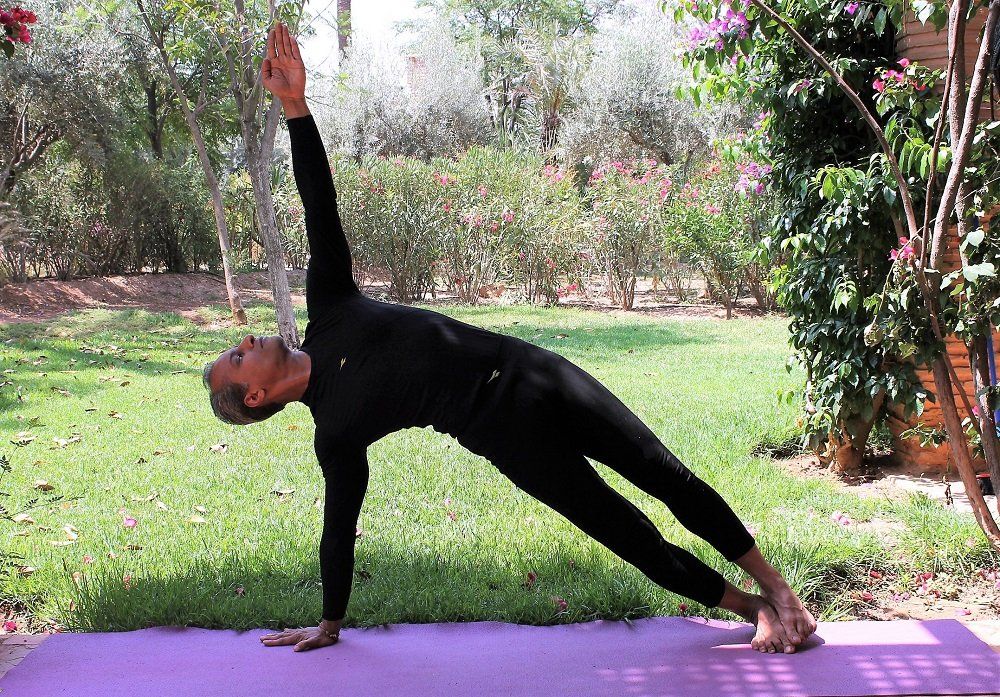
Slide title
Write your caption hereButton
PRIVATELY AVAILABLE
Perumal's private yoga sessions, employing the Yoga with Perumal Retreat Method, are personalized and highly effective. The tailored approach ensures individual needs are met, focusing on personalized sequences and progressive learning. Emphasizing meditation and relaxation promotes enhanced relaxation and mental clarity. With a focus on correction, alignment, and adaptability, injuries are managed and progress tracked. The holistic approach encompasses physical, mental, and emotional well-being. Overall, these sessions offer a fulfilling yoga practice, supporting individuals in achieving their wellness goals through personalized attention and a comprehensive yoga experience.
Follow us
© 2023 Perumal Koshy | All Rights Reserved
© 2024 Perumal Koshy | All Rights Reserved
